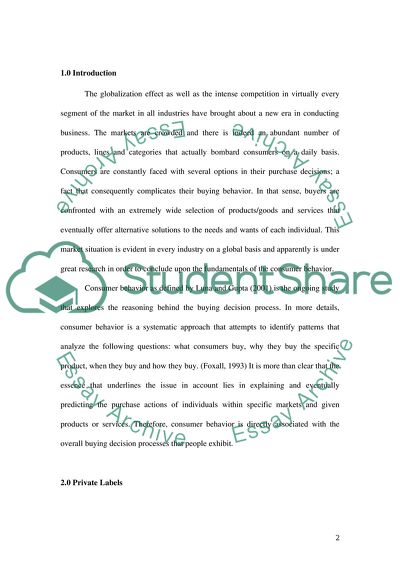Cite this document
(“Advanced consumer behaviour Essay Example | Topics and Well Written Essays - 2500 words”, n.d.)
Advanced consumer behaviour Essay Example | Topics and Well Written Essays - 2500 words. Retrieved from https://studentshare.org/miscellaneous/1548334-advanced-consumer-behaviour
Advanced consumer behaviour Essay Example | Topics and Well Written Essays - 2500 words. Retrieved from https://studentshare.org/miscellaneous/1548334-advanced-consumer-behaviour
(Advanced Consumer Behaviour Essay Example | Topics and Well Written Essays - 2500 Words)
Advanced Consumer Behaviour Essay Example | Topics and Well Written Essays - 2500 Words. https://studentshare.org/miscellaneous/1548334-advanced-consumer-behaviour.
Advanced Consumer Behaviour Essay Example | Topics and Well Written Essays - 2500 Words. https://studentshare.org/miscellaneous/1548334-advanced-consumer-behaviour.
“Advanced Consumer Behaviour Essay Example | Topics and Well Written Essays - 2500 Words”, n.d. https://studentshare.org/miscellaneous/1548334-advanced-consumer-behaviour.


